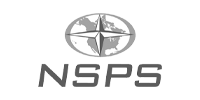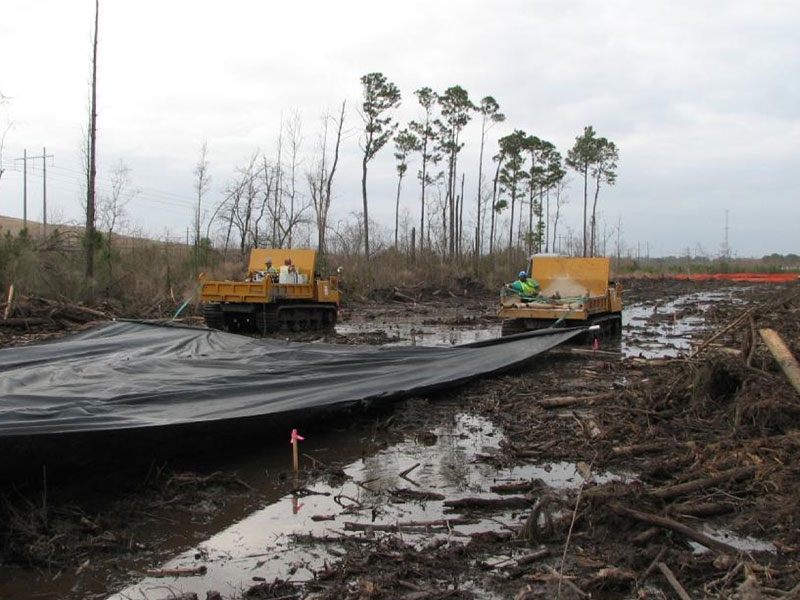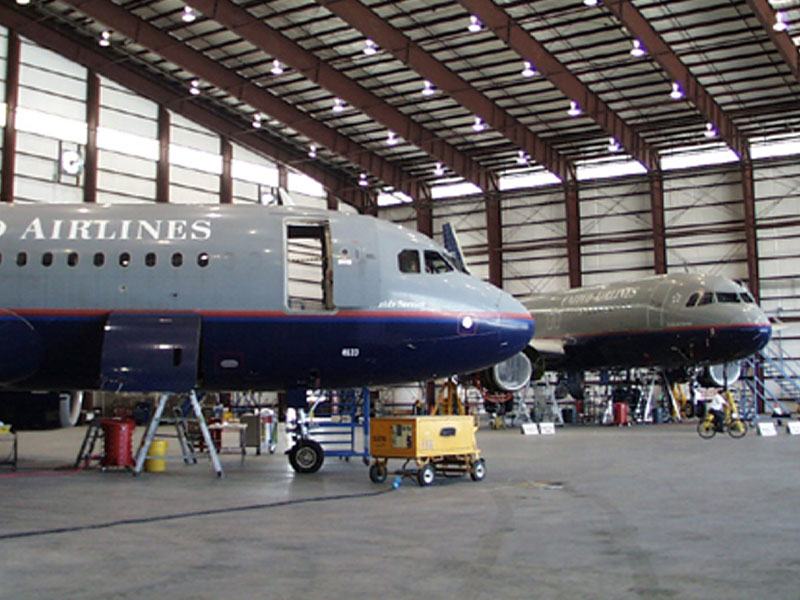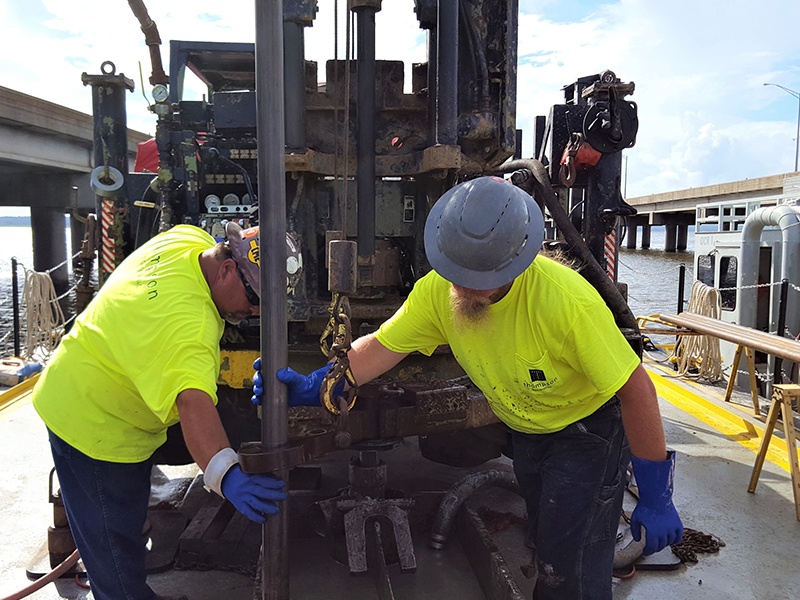
Subsurface Utility Engineering
subsurface utility engineering
Delays. Costly relocations. Property damage and personal injury. The risk of these things can be substantially decreased when subsurface utility engineering (SUE) is a part of project planning.
Subsurface utility engineering involves the mapping of underground features for the purpose of identifying utilities, voids, and other threats hiding underground at your project site. When you know where they are before construction begins, time and money are saved. Investing in this process means fewer unnecessary utility relocations and less time waiting on utility work to be completed.
How many times has a project been delayed because important information wasn’t shared? Subsurface utility engineering allows for this information to be included in construction plans so everyone who needs to knows has access to the information.
Thompson Engineering uses several resources to make sure that what you can’t see won’t hurt your project’s progress or worse, someone working on your project. We use historical drawings and GPR, RF, and hydro-pnuematic technologies to dig into your site’s conditions. So whether you’re preparing to build a road, a subdivision or an industrial facility, use subsurface utility engineering for a smart start.
Service Specialties
- Ground Penetrating Radar (GPR) Investigation (Quality Level B)
- Hydro-pnuematic excavation (Pot-holing) (Quality Level A)
- Radio Frequency (RF) Investigation (Quality Level B)
- Survey Mapping
After running into conflicts underground at a site where we needed to make dozens of borings, we learned about Thompson Engineering’s subsurface exploration capabilities. With GPR technology, they were able to show us where it was safe to bore so we could complete our job quickly while ensuring we safely avoided underground utilities.
– Steve Pugh, AECOM
– Steve Pugh, AECOM
certifications & affiliations





